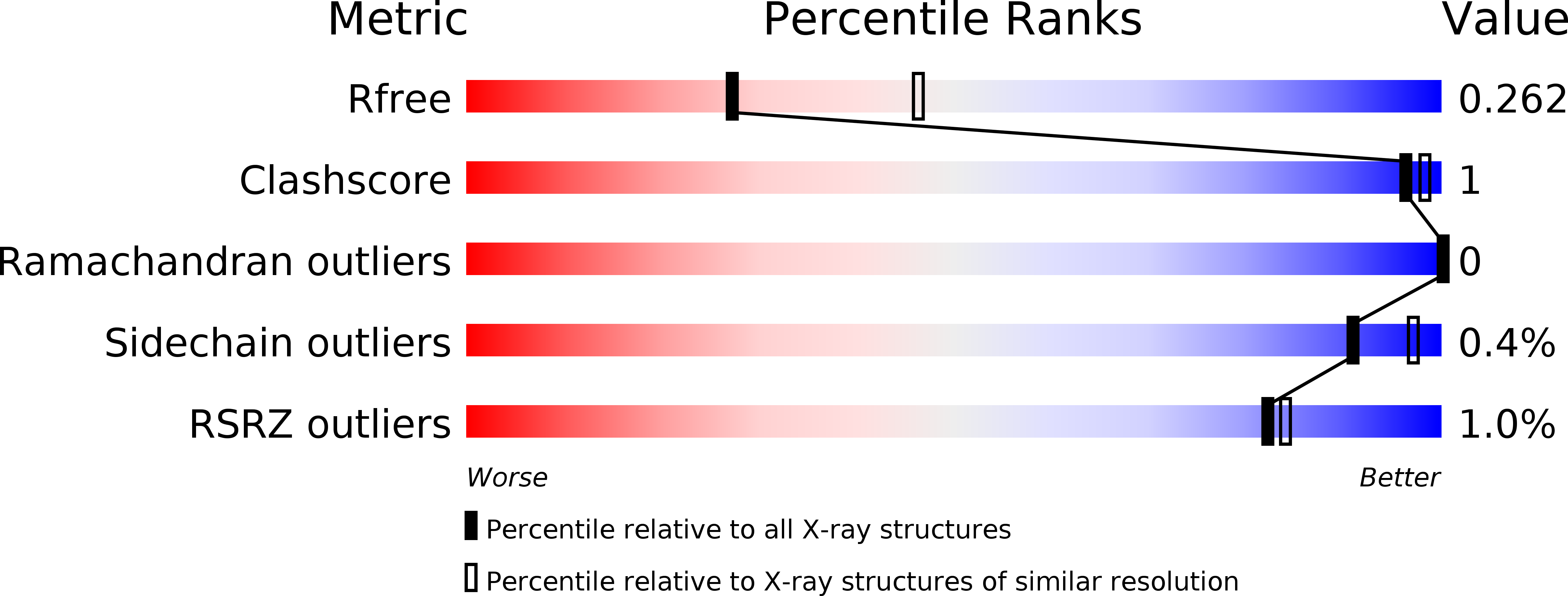
Deposition Date
2013-11-20
Release Date
2014-04-02
Last Version Date
2024-02-28
Entry Detail
PDB ID:
4NON
Keywords:
Title:
Crystal structure of GDP-bound A143S mutant of the S. thermophilus FeoB G-domain
Biological Source:
Source Organism:
Streptococcus thermophilus (Taxon ID: 264199)
Host Organism:
Method Details:
Experimental Method:
Resolution:
2.50 Å
R-Value Free:
0.25
R-Value Work:
0.20
R-Value Observed:
0.21
Space Group:
P 1 21 1


